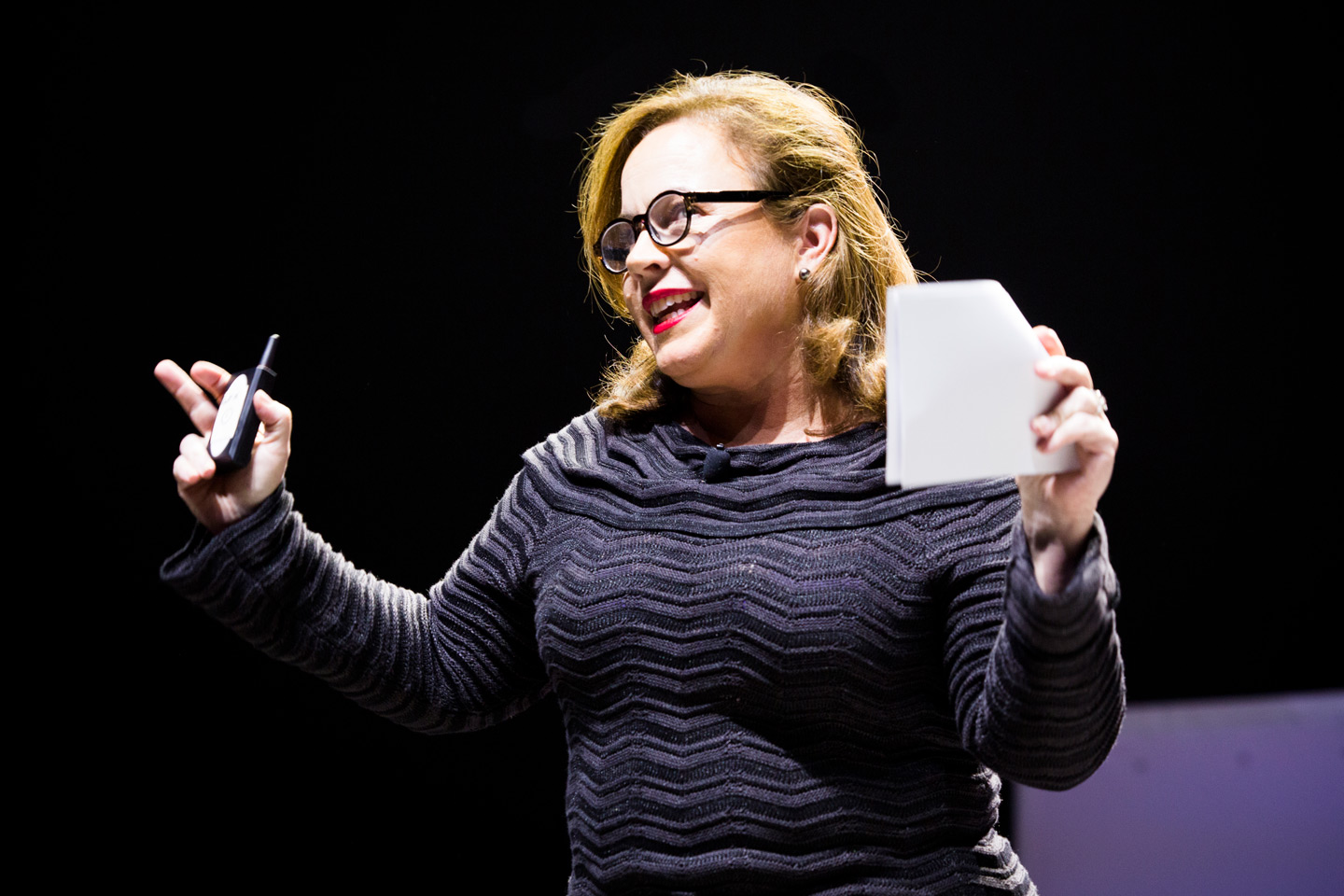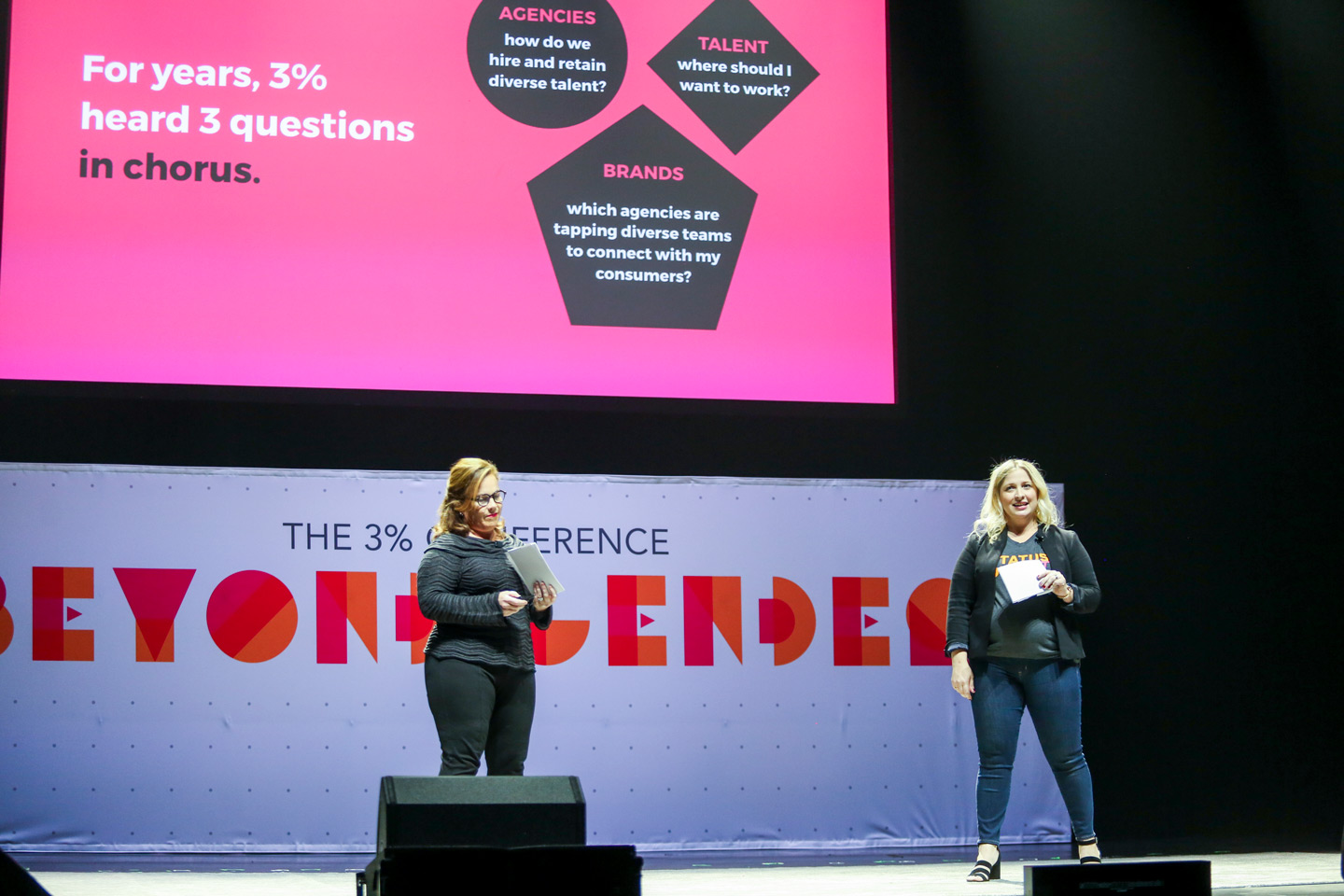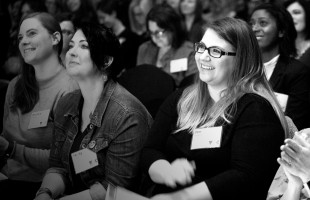
Where We Stand: New Insight Into Our Industry
Moira Losch leads talent acquisition for Swift, a strategic creative agency based in Portland, OR. She oversees full-time and freelance recruiting for the agency by driving talent acquisition strategy, developing interviewer trainings, as well as spearheading diversity recruiting efforts. Moira’s path in recruiting started in pharmaceuticals and financial services before discovering her passion for the advertising and marketing industry and the amazingly creative people in it.
Speaker: Kat Gordon, Founder, The 3% Movement
How many female creative directors work inside most agencies? Are agencies offering programs and policies to attract and retain women? How many of them have networks for employees of color and LGBTQ communities? 3% underwent a year-long study of agencies of all sizes from all holding companies. The results offer powerful insight into where things stand and will have you asking: how do we compare?
With the 3% Conference entering its 5th year, it was clear that the organizers and the industry were ready to take on more than just gender equality in our industry. As many of us look around at our agencies right now, we see more women in leadership roles than ever, but it’s obvious that we have a long way to go.
Kat Gordon, founder of The 3% Movement, named the initiative based on the alarming statistic from a dissertation in 2008 by Kasey Windels, a student at the University of Texas Austin. Combing through Communication Art’s awards and information, Kasey found that just 3.6% of creative directors were female. Almost a decade has passed and it was time 3% did their own audit of the agency landscape.
Gordon was joined on stage with Vanessa Reid, 3% Movement’s Director of Marketing and New Business Strategy to review the state of the industry in 2017. Gordon and Reid approached their study from three angles - companies hoping to hire and retain, talent wondering where they should work, and clients looking for agency partners tapping into diverse populations. A lot of statistics were shared, but what stood out - both the good and the bad - were the following:
We need more support for new parents.
Agencies, in general, still have family-unfriendly policies. Only one agency in their sample offered 16 weeks paid maternity leave and only 28% of agencies gave more than two weeks paid paternity leave. Flexibility was a frequent topic throughout the conference and was also addressed in this study. 45% of agencies offered a four-week phase back to work still at 100% pay as an extension of parental leave. But beyond that, only 16% offered a formal job share.
Interesting to note, many of these flexible work benefits were not formalized policies, but rather case by case. Reid noted that this puts the onus on the employe to advocate and negotiate. If we want to keep more women in advertising, agencies need to provide more parental leave support. This is not acceptable and until it changes, women will continue to leave our industry.
Diversity and inclusion initiatives and efforts are still in the infancy stages.
While over half of agencies are offering diversity and bias trainings (55%), there is usually only one session, rarely any follow-up and some are only offered at the holding company level. Agencies are also still deciding to invest in hiring a Chief Diversity & Inclusion Officer, despite the clear business value issue of homogeneous teams in an increasingly diverse market. Group resources for the LGBTQ community were briefly mentioned as being slightly ahead of those for people of color, but it’s clear all agencies should be pooling support for minority populations in our companies.
Without inclusive culture, the advertising industry will fail.
I speak to talent and leadership all over the country—from small digital shops to big traditional agencies—and everyone is facing similar challenges as technology advances, consumers evolve, and client needs change. But the sentiment echoed across 3% this year is that lack of diversity is a business problem. If our teams can’t understand and ultimately market to the increasingly diverse population, then we will fail and the ad industry will die.

We need to go beyond the numbers and percentages. They mean nothing without a culture of inclusion and acceptance where employees have a voice and are happy to come to work every day.
You cannot claim to value people equally if you aren’t paid equally or if some voices are heard and others ignored.
This is the first in what the 3% team plans to be a comprehensive study over time, holding our industry and its leaders accountable for the change we need to evolve and survive. Awareness and giving a voice to issues is always the first step, but in order to make true progress, we must measure where we are in the moment. And while I found myself heartened by the statistics, I hungered for a larger sample of agency data to get a true snapshot of what it looks like for women and people of color as they interview with leadership, plan a pregnancy, return from parental leave or look to career growth.
Clearly, we are making progress, but there is more work to be done.
Visit the Where We Stand microsite to see the results and request the report.





